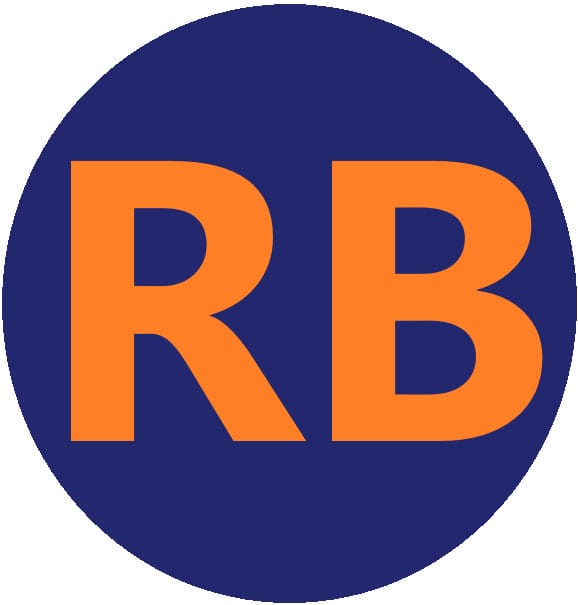Shipwreck diving offers a unique blend of history, mystery, and marine life, making it one of the most fascinating types of diving. From ancient wrecks to modern vessels, these underwater sites provide unparalleled adventures for divers of all levels.
Table of Contents
- What is Shipwreck Diving?
- Types of Shipwrecks
- Top Shipwreck Dive Sites Worldwide
- Skills and Certifications for Wreck Diving
- Safety Tips for Wreck Diving
- Frequently Asked Questions (FAQs)
- Key Takeaways
1. What is Shipwreck Diving?
Shipwreck diving involves exploring sunken ships, submarines, or aircraft under the water. These wrecks often become artificial reefs, attracting marine life and creating unique diving experiences. Wreck dives can be:
- Recreational: Suitable for beginners with minimal penetration.
- Technical: Advanced dives involving deep wrecks and penetration.
2. Types of Shipwrecks
Historic Wrecks
- Description: Ships sunk centuries ago, often with significant historical or archaeological value.
- Example: The Vasa (Sweden).
Warships and Submarines
- Description: Military vessels sunk during wars or battles.
- Example: USS Liberty (Bali, Indonesia).
Artificial Reefs
- Description: Ships deliberately sunk to promote marine life.
- Example: USNS Vandenberg (Florida, USA).
Natural Disasters
- Description: Ships sunk due to storms, collisions, or other accidents.
- Example: SS Yongala (Australia).
3. Top Shipwreck Dive Sites Worldwide
Chuuk Lagoon (Micronesia)
- Why Visit: Known as the “Ghost Fleet of Truk Lagoon,” this site features over 50 wrecks from World War II.
- Highlights: Tanks, airplanes, and ships covered in coral.
SS Thistlegorm (Red Sea, Egypt)
- Why Visit: A World War II British transport ship filled with wartime supplies.
- Highlights: Motorcycles, trucks, and locomotives.
USS Liberty (Bali, Indonesia)
- Why Visit: One of the most accessible wrecks, teeming with marine life.
- Highlights: Barracudas, parrotfish, and coral gardens.
HMHS Britannic (Greece)
- Why Visit: The sister ship of the Titanic, lying deep in the Aegean Sea.
- Highlights: A pristine wreck for technical divers.
4. Skills and Certifications for Wreck Diving
Basic Requirements:
- Open Water Diver certification for non-penetration dives.
- Advanced Open Water Diver certification for deeper wrecks.
Specialized Training:
- Wreck Diver certification (offered by organizations like PADI or SSI).
- Technical diving courses for penetration and deep wrecks.
5. Safety Tips for Wreck Diving
- Research the Site: Understand the wreck’s depth, conditions, and entry/exit points.
- Use Proper Equipment: Carry a dive torch, line reel, and redundant air source.
- Avoid Penetration Without Training: Entering wrecks requires advanced skills and equipment.
- Monitor Depth and Time: Wrecks are often deeper, increasing the risk of decompression sickness.
- Dive with a Buddy: Always dive with someone experienced in wreck diving.
6. Frequently Asked Questions (FAQs)
Q: Do I need special certification to dive a shipwreck?
A: Basic wrecks can be explored with Open Water Diver certification, but penetration requires specialized training.
Q: What are the best times to dive shipwrecks?
A: It depends on the location. Research seasonal conditions for optimal visibility and safety.
Q: Are shipwrecks dangerous to explore?
A: Wreck diving can be safe if you follow guidelines, have proper training, and use the right equipment.
7. Key Takeaways
- Shipwreck diving offers a mix of history, adventure, and marine biodiversity.
- Choose sites and dive conditions that match your skill level.
- Specialized training is essential for advanced wreck exploration.
Discovering the secrets of sunken ships is an unforgettable experience. With the right preparation and respect for these underwater time capsules, you can unlock stories of the past while enjoying the beauty of the ocean.
*Disclaimer: The content in this post is for informational purposes only. The views expressed are those of the author and may not reflect those of any affiliated organizations. No guarantees are made regarding the accuracy or reliability of the information. Use at your own risk.
